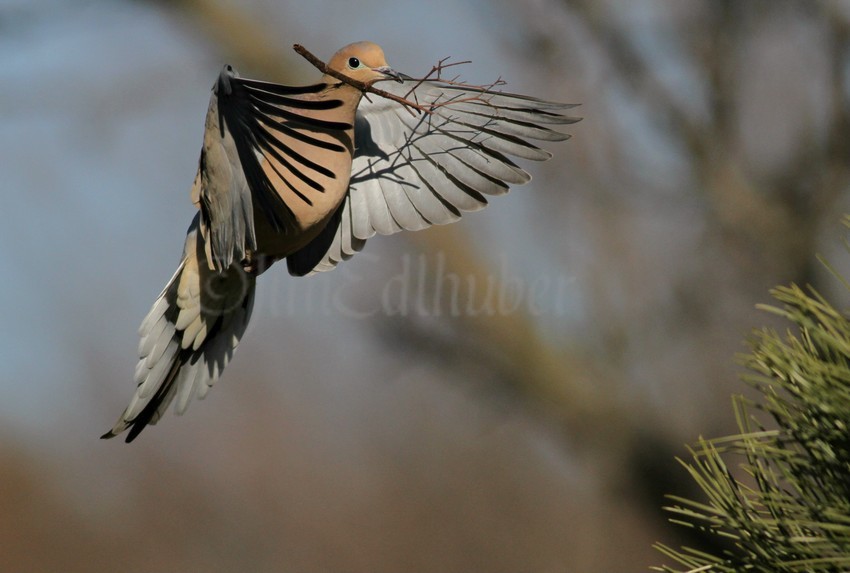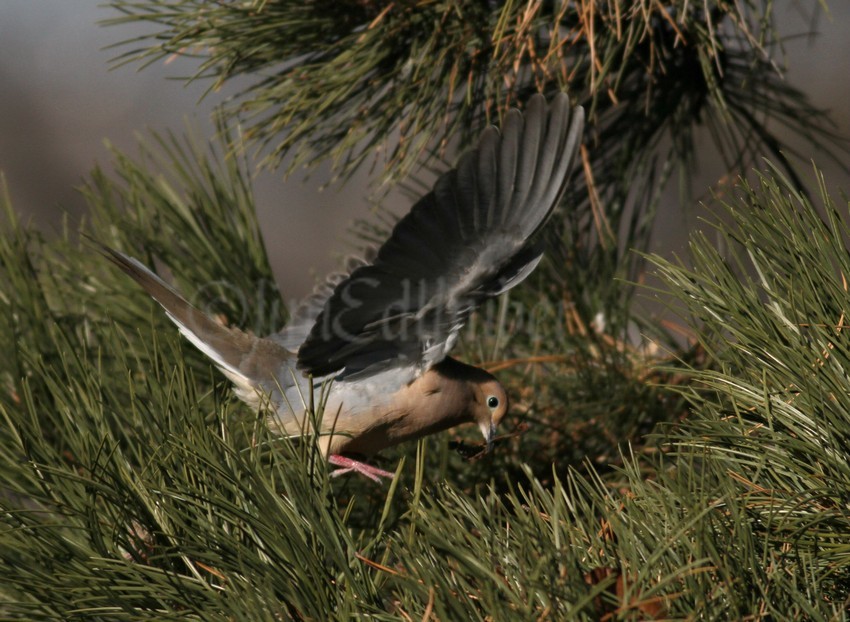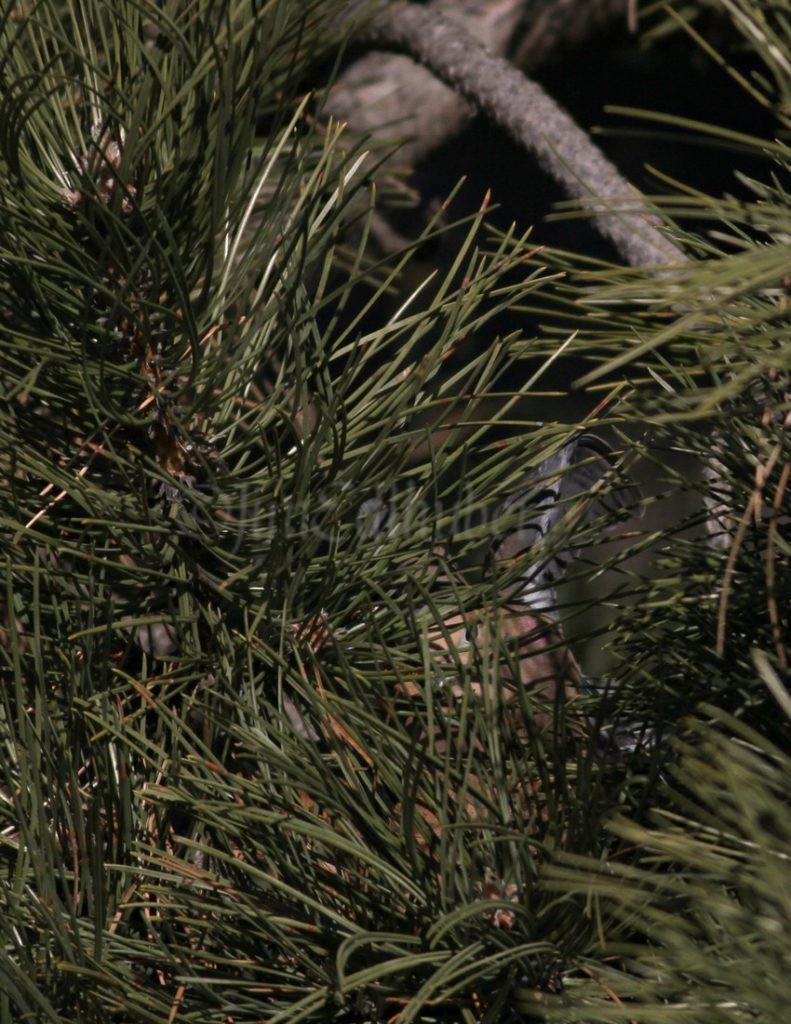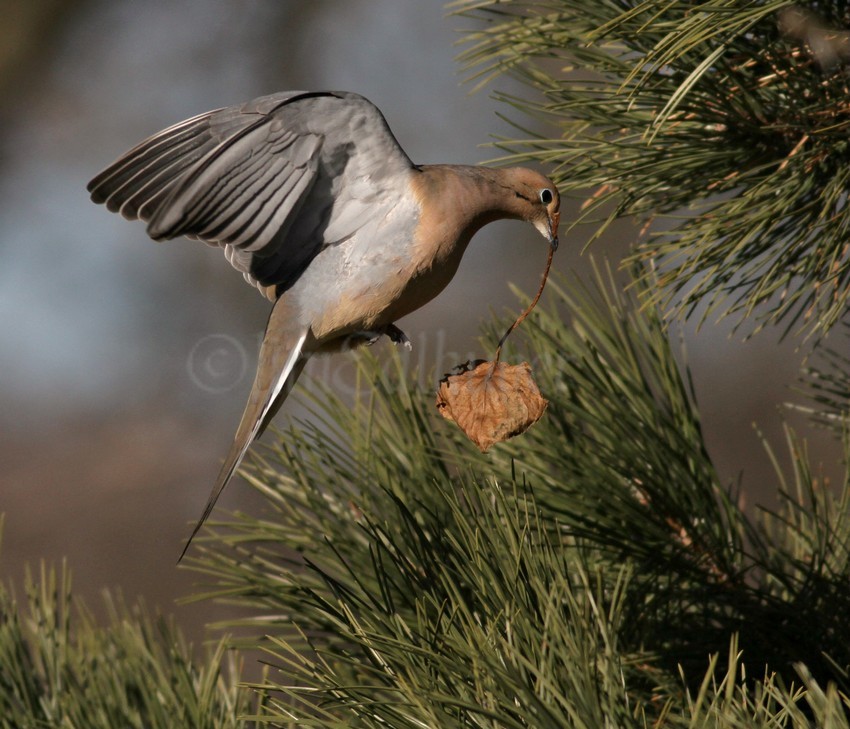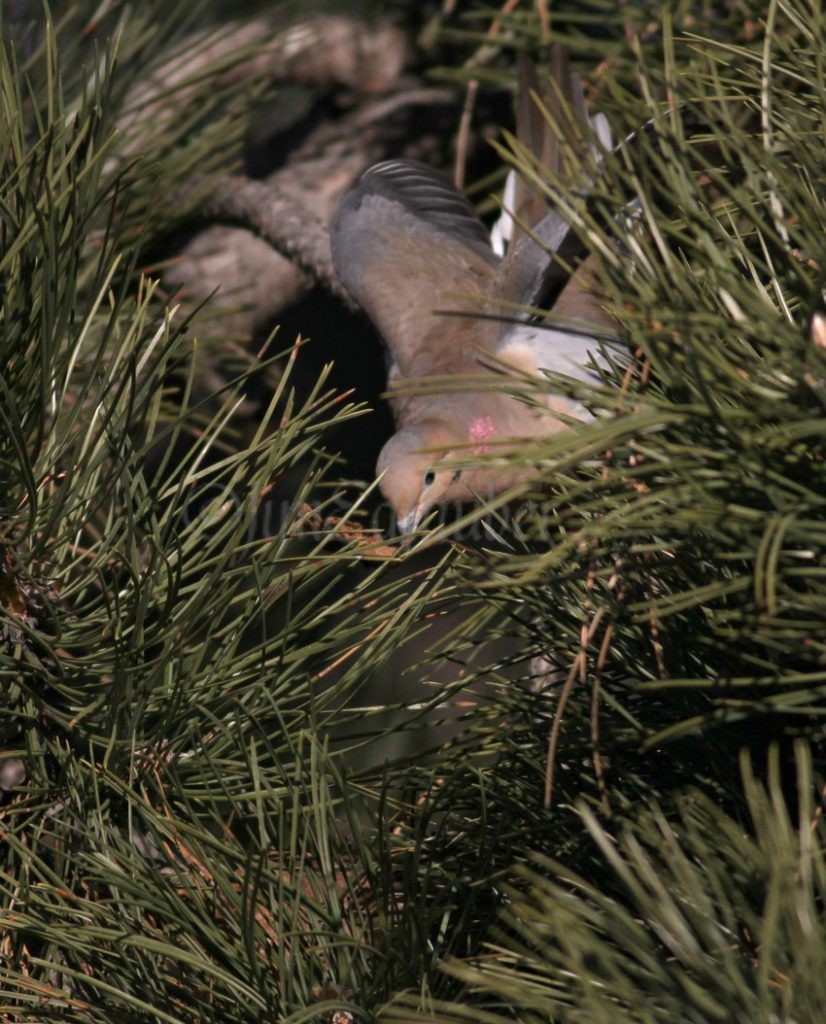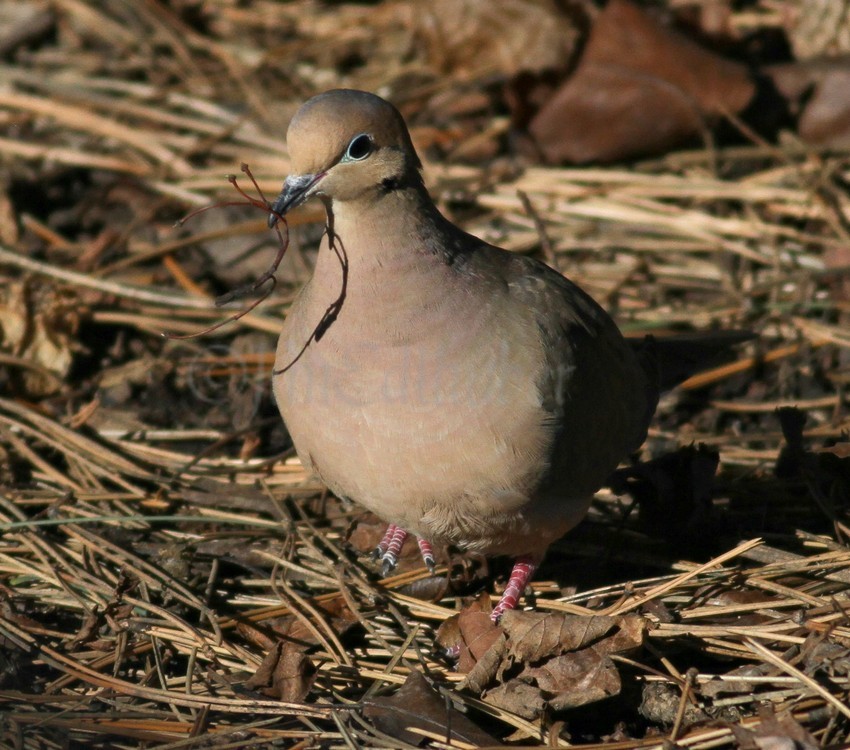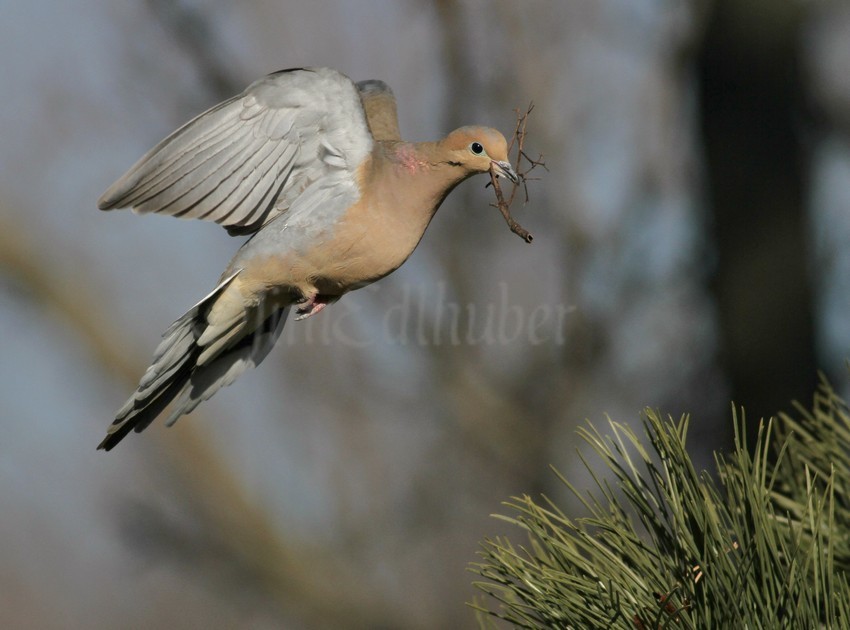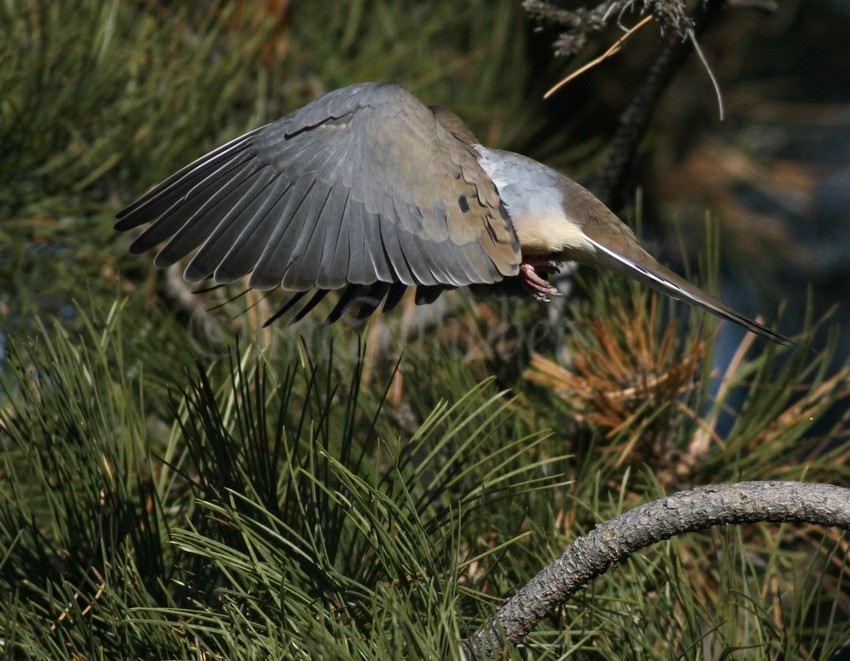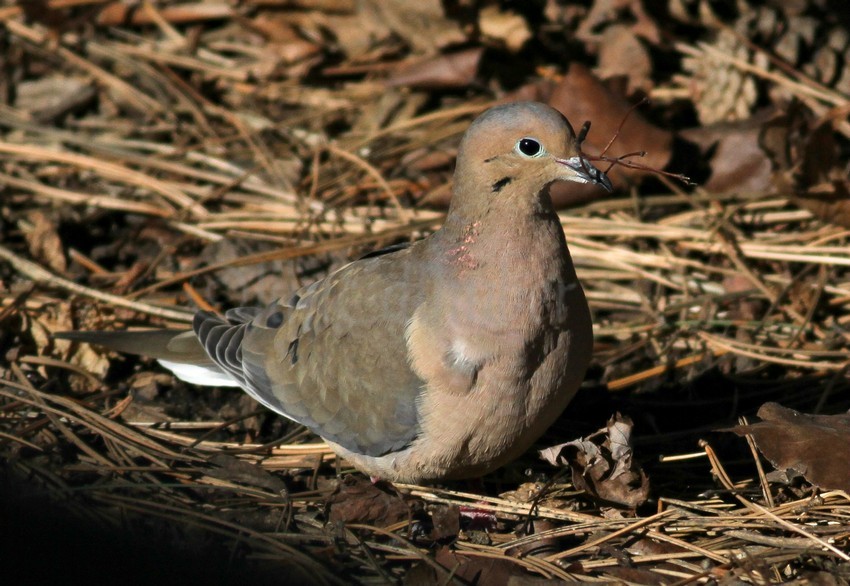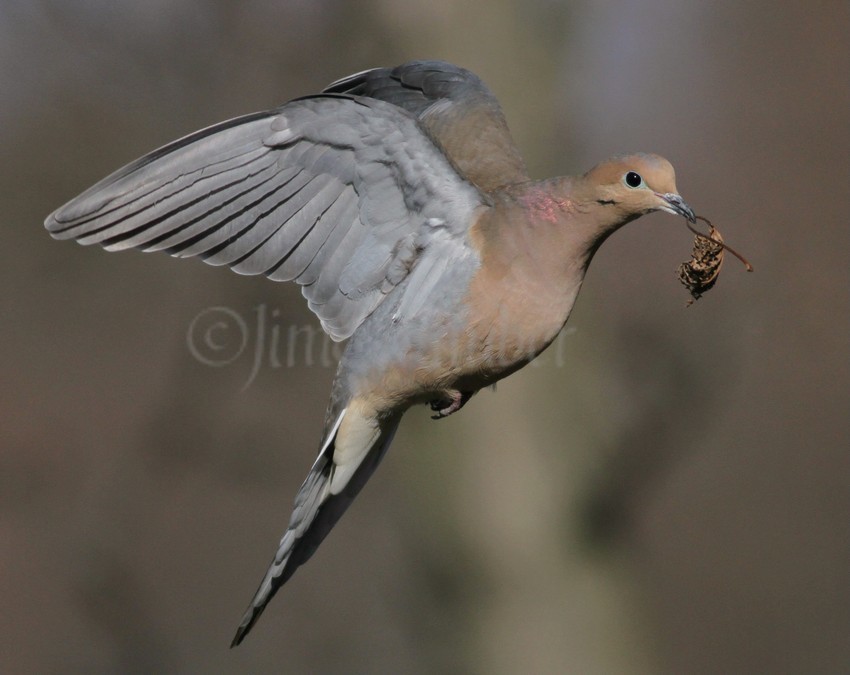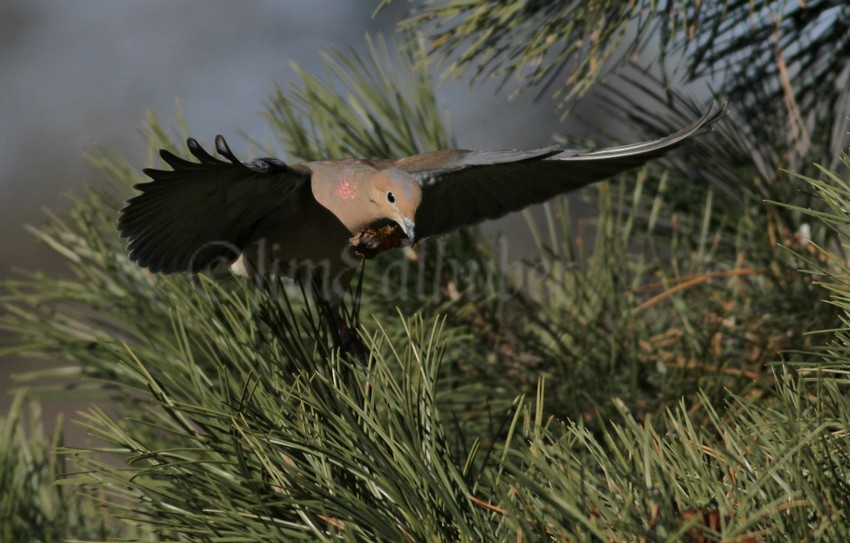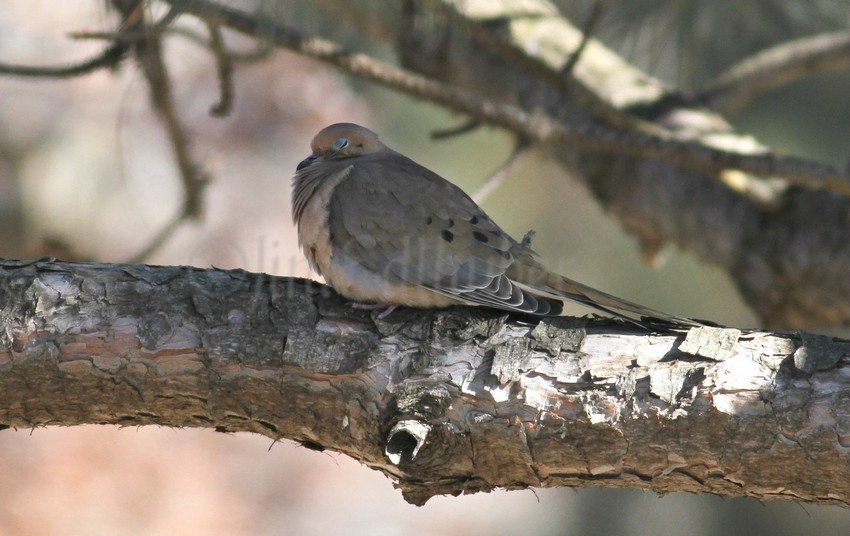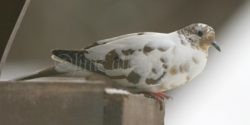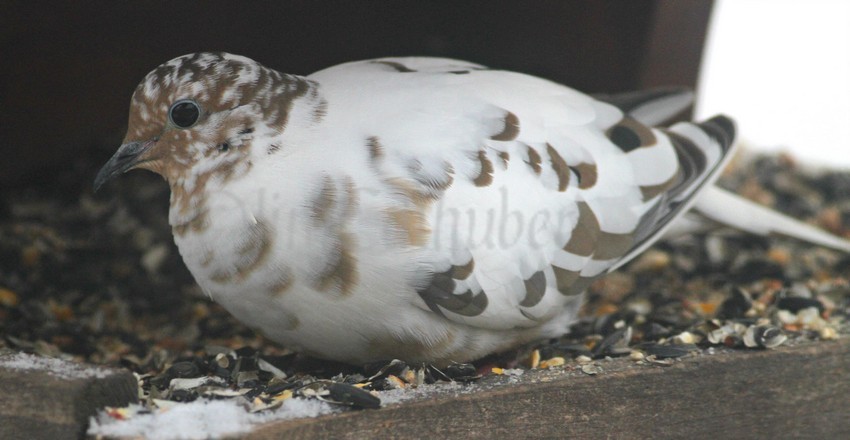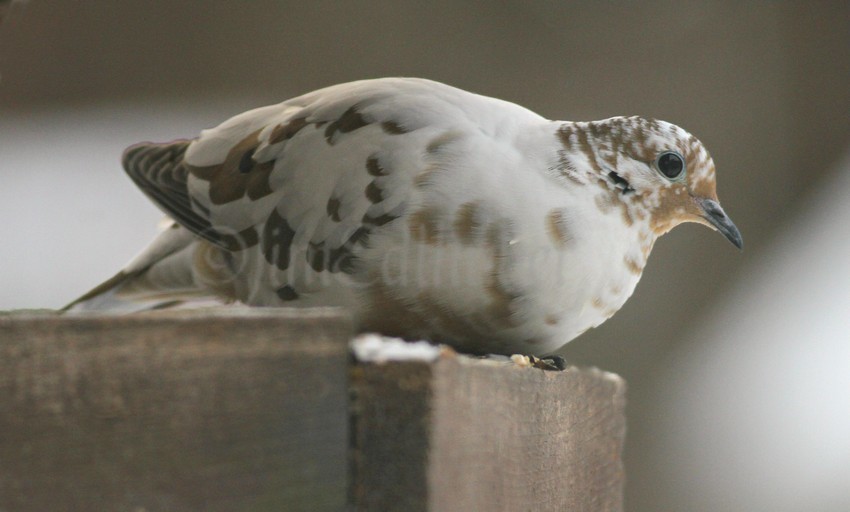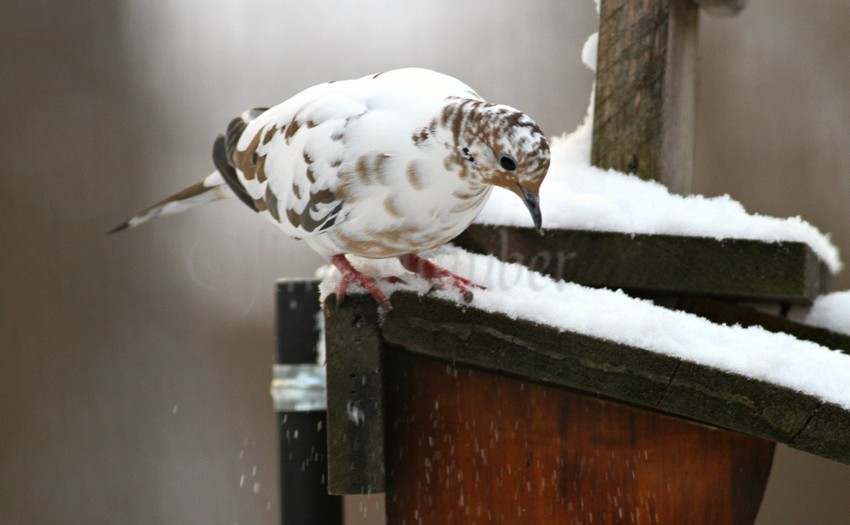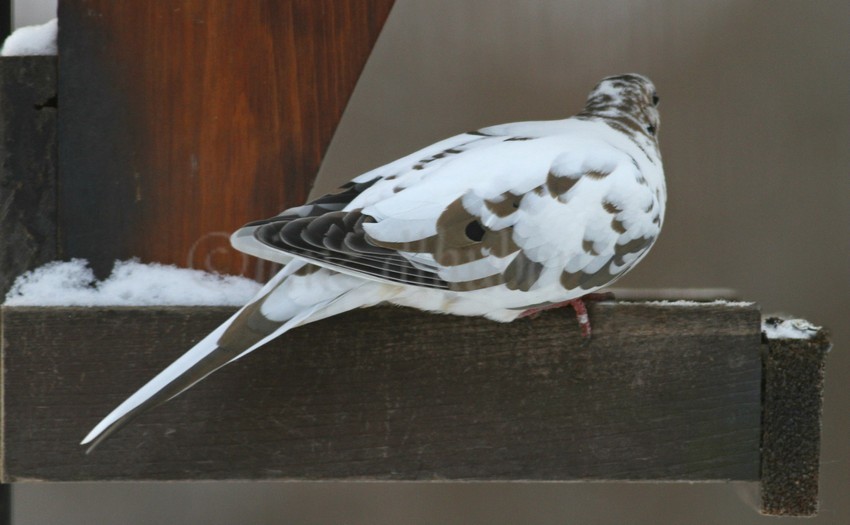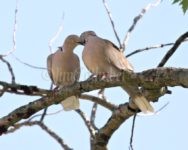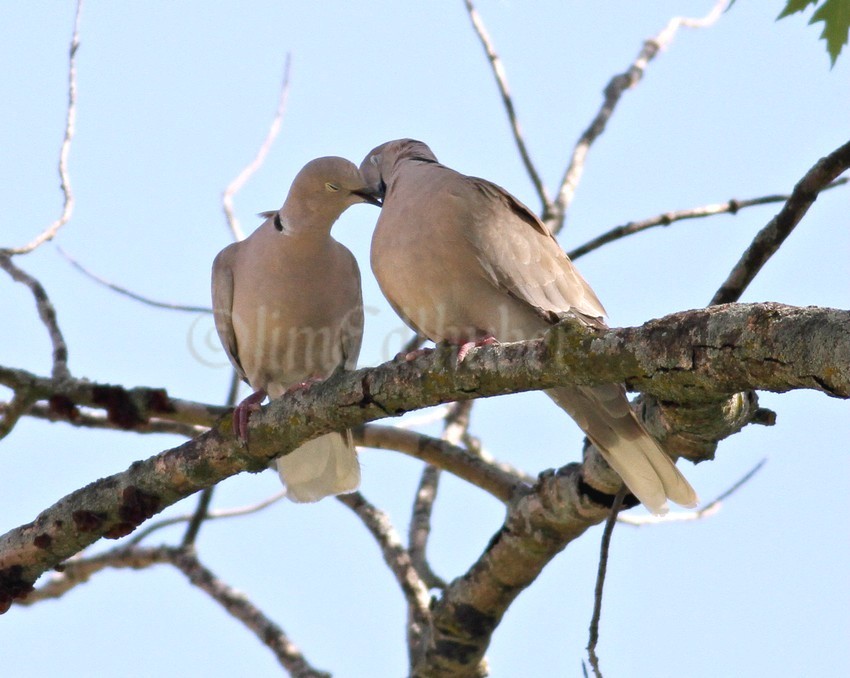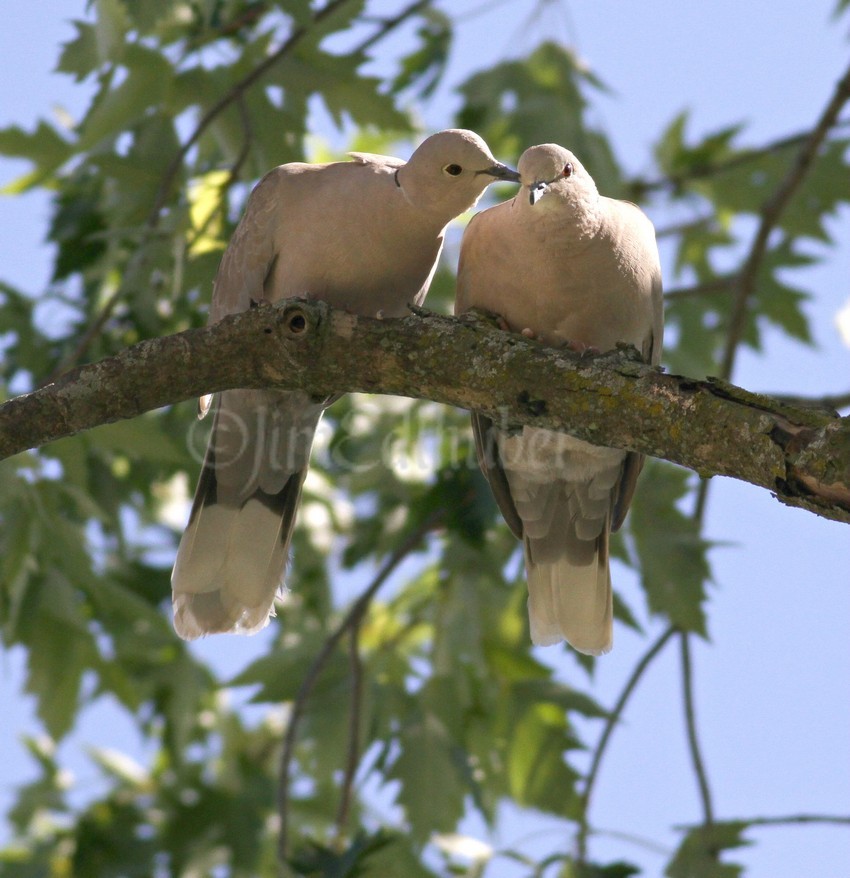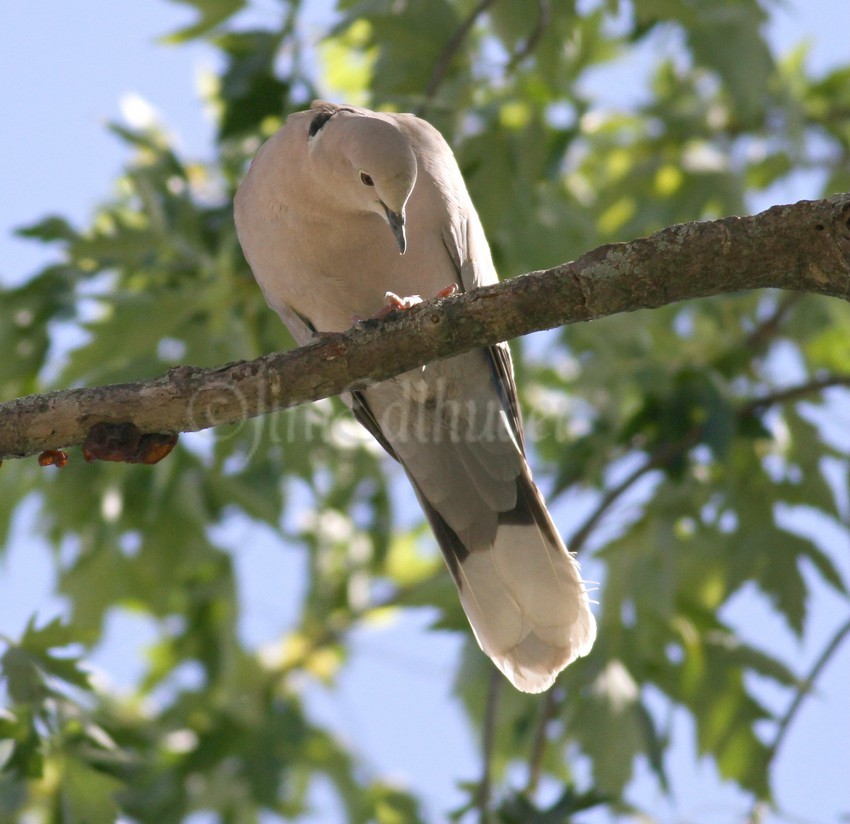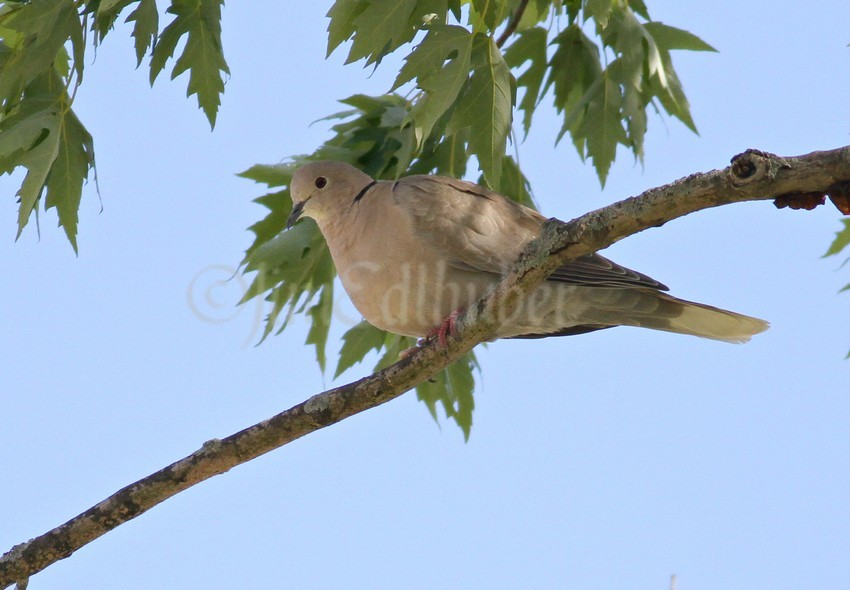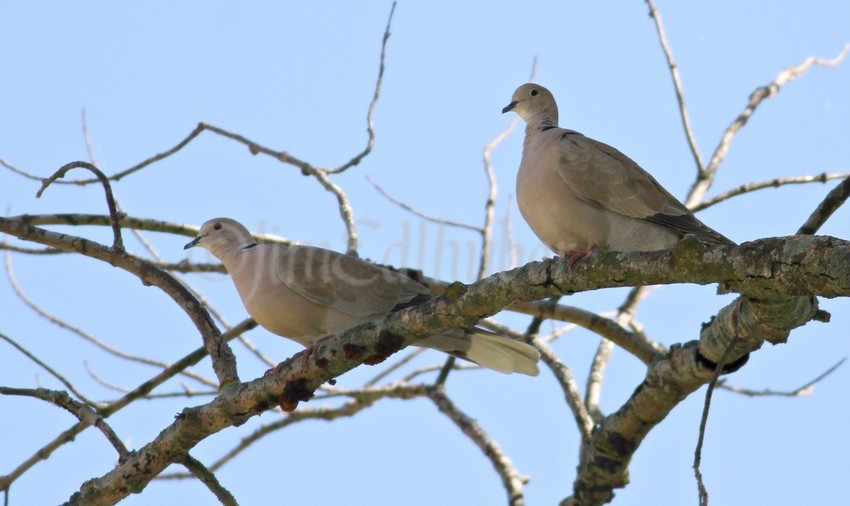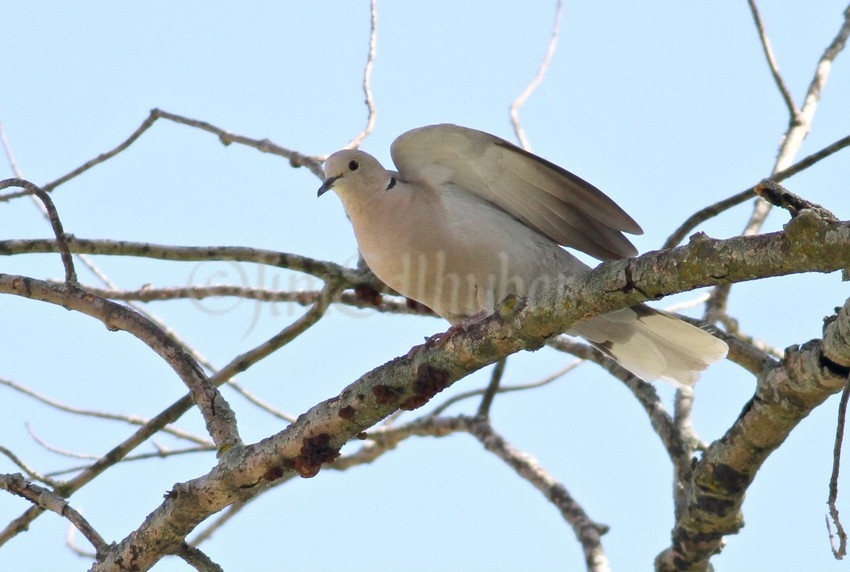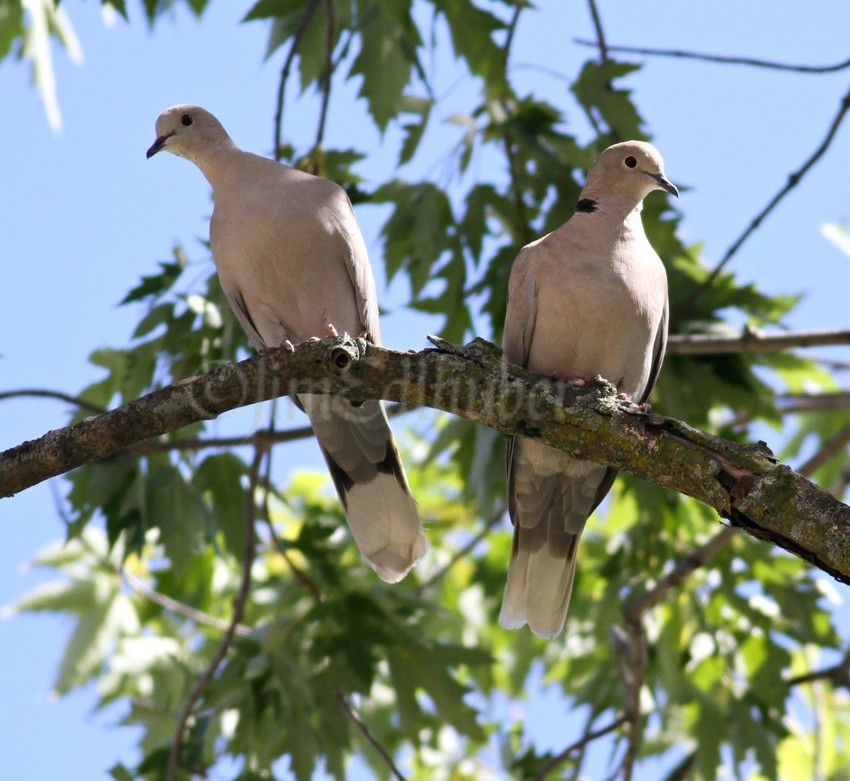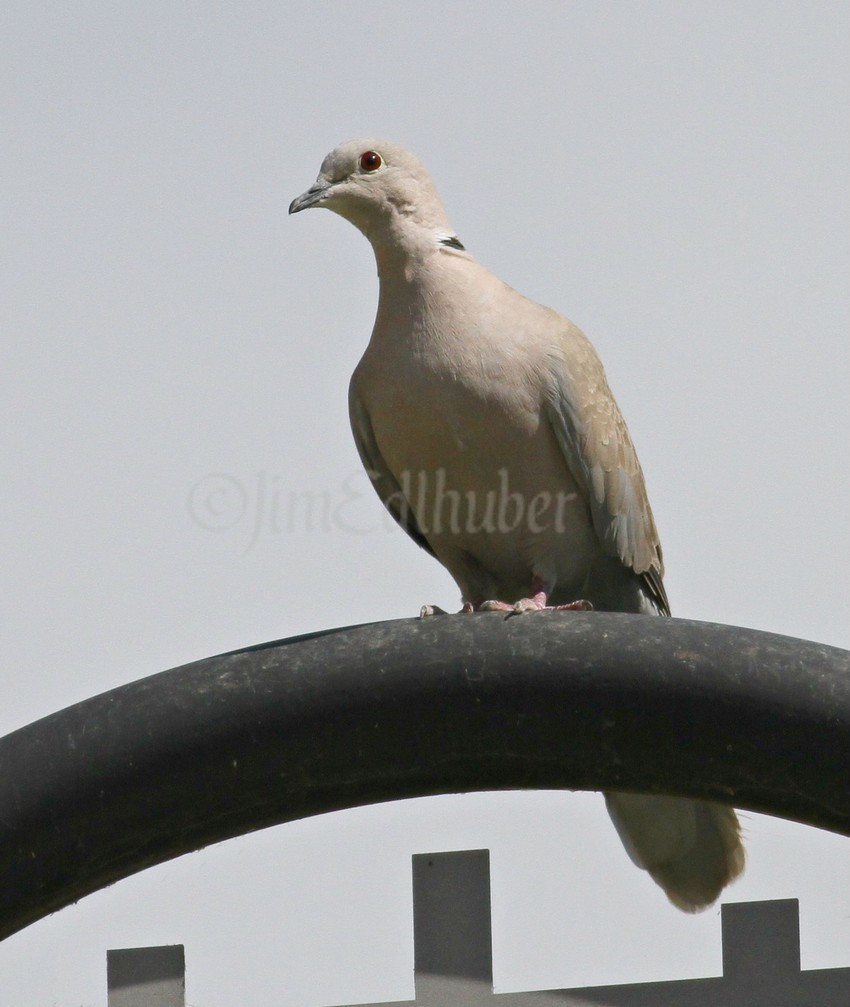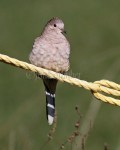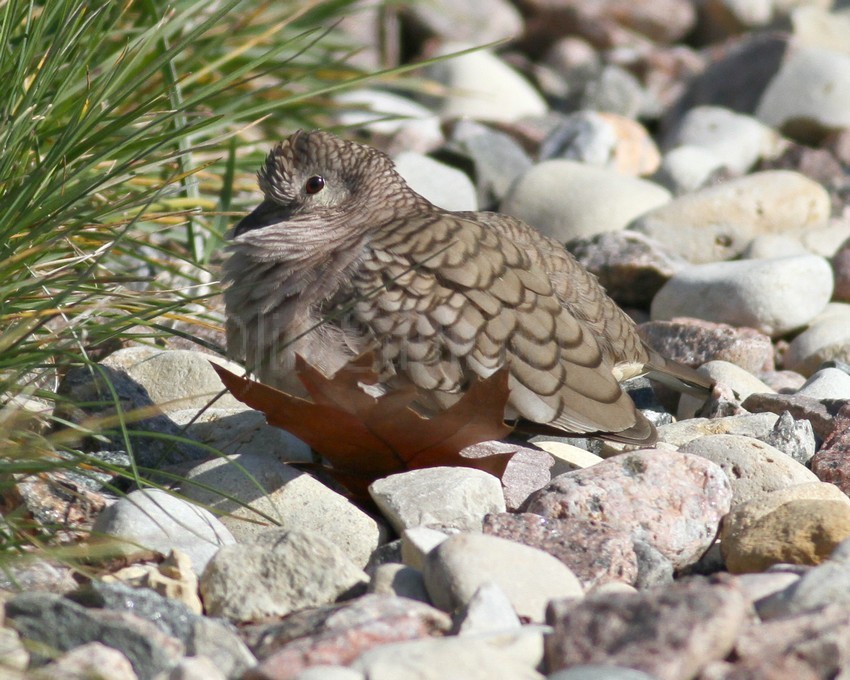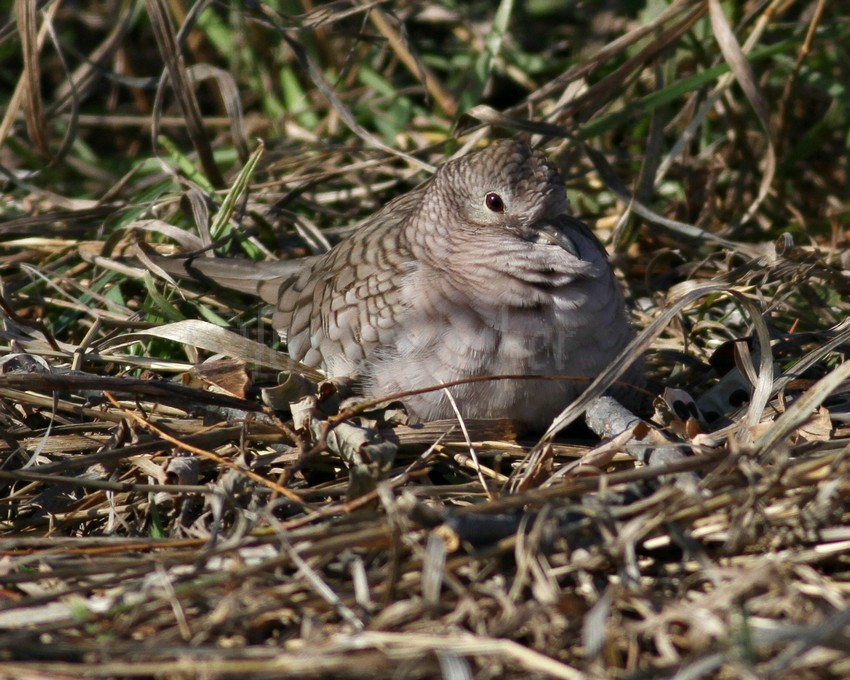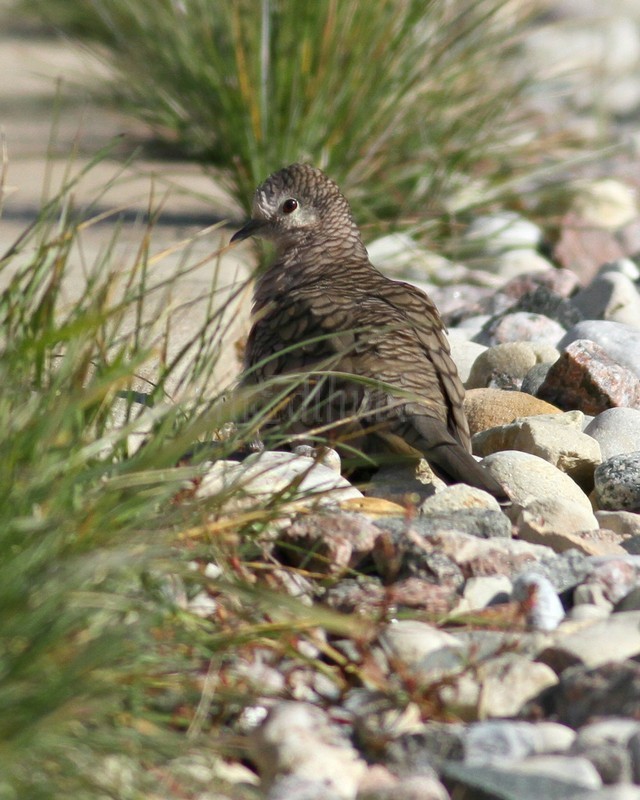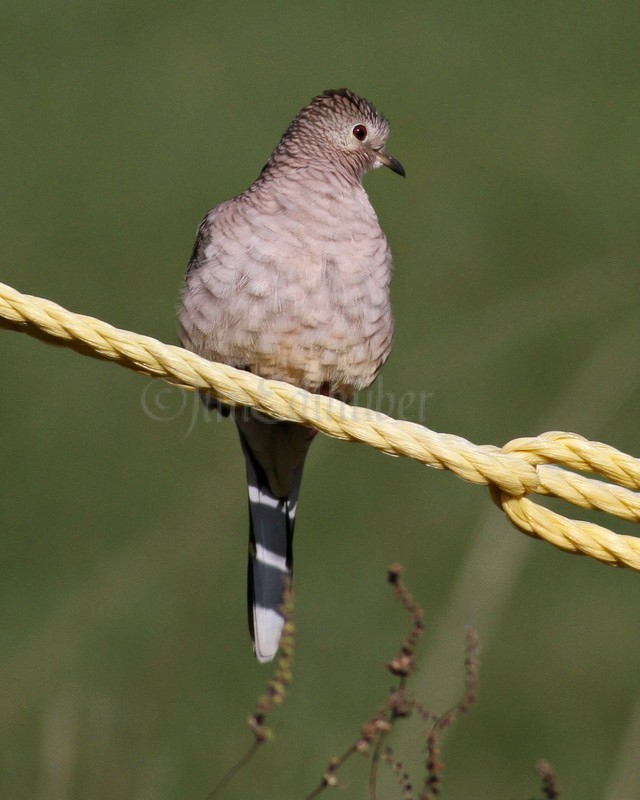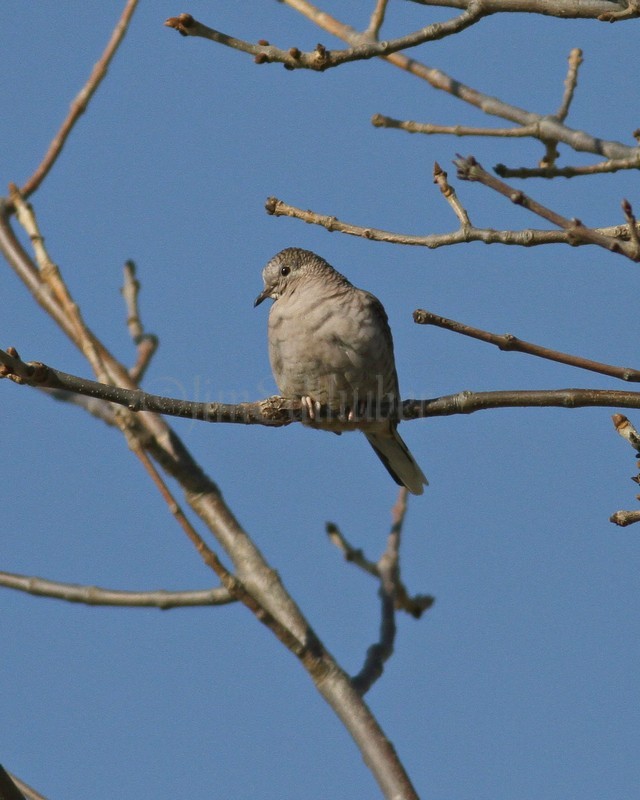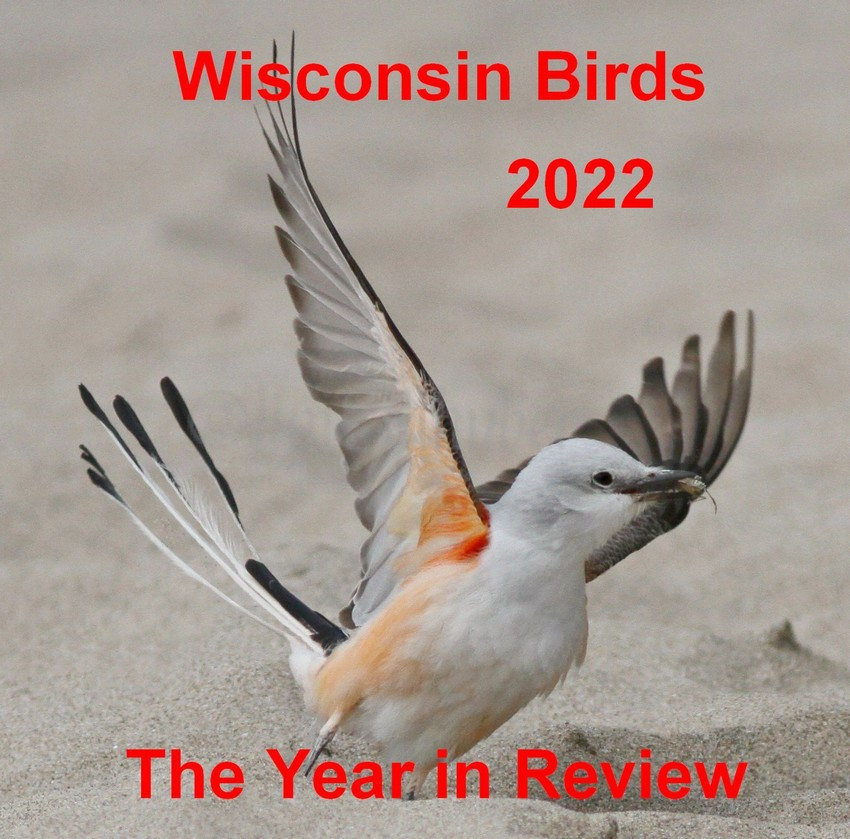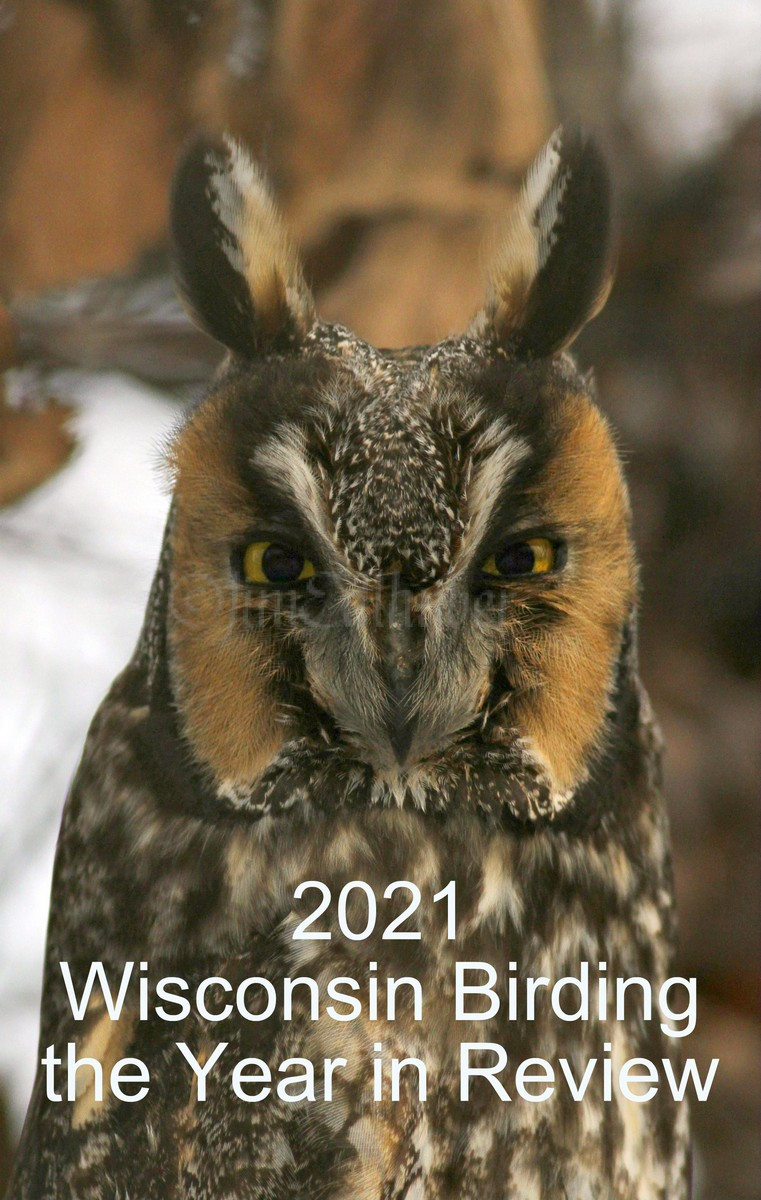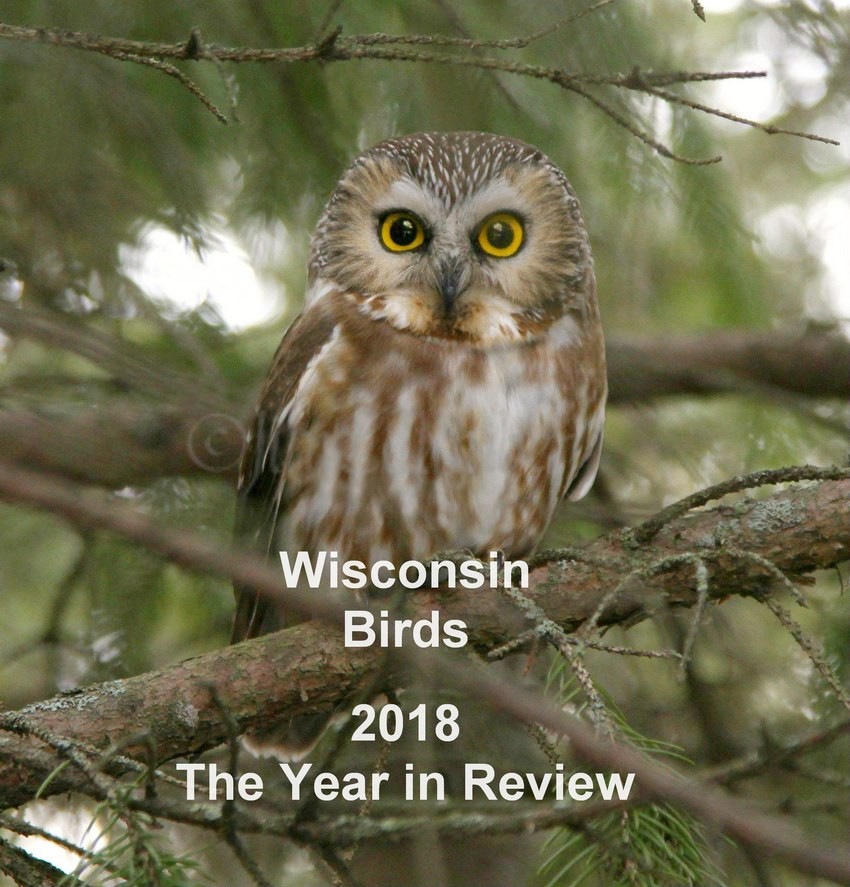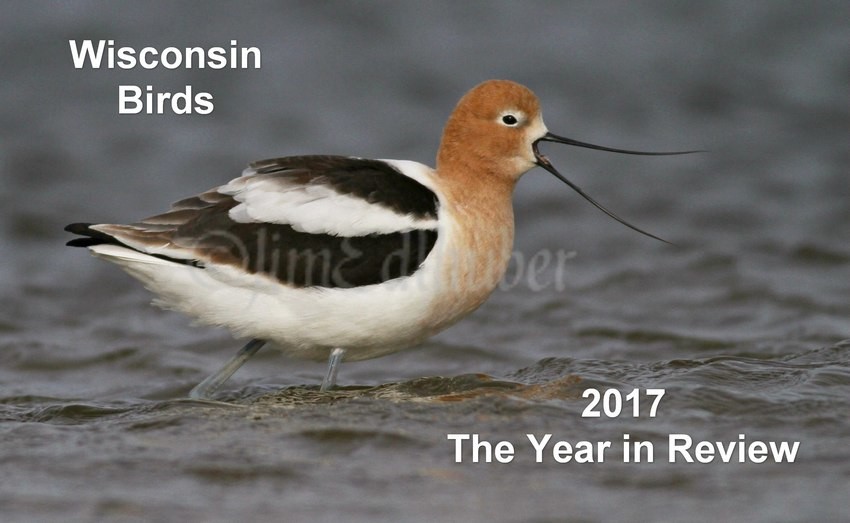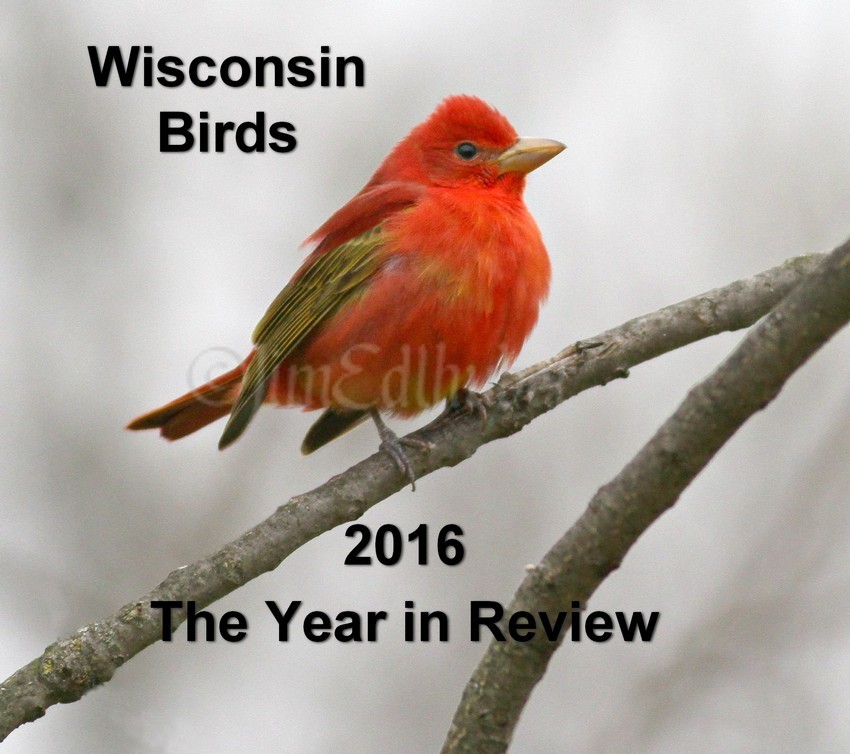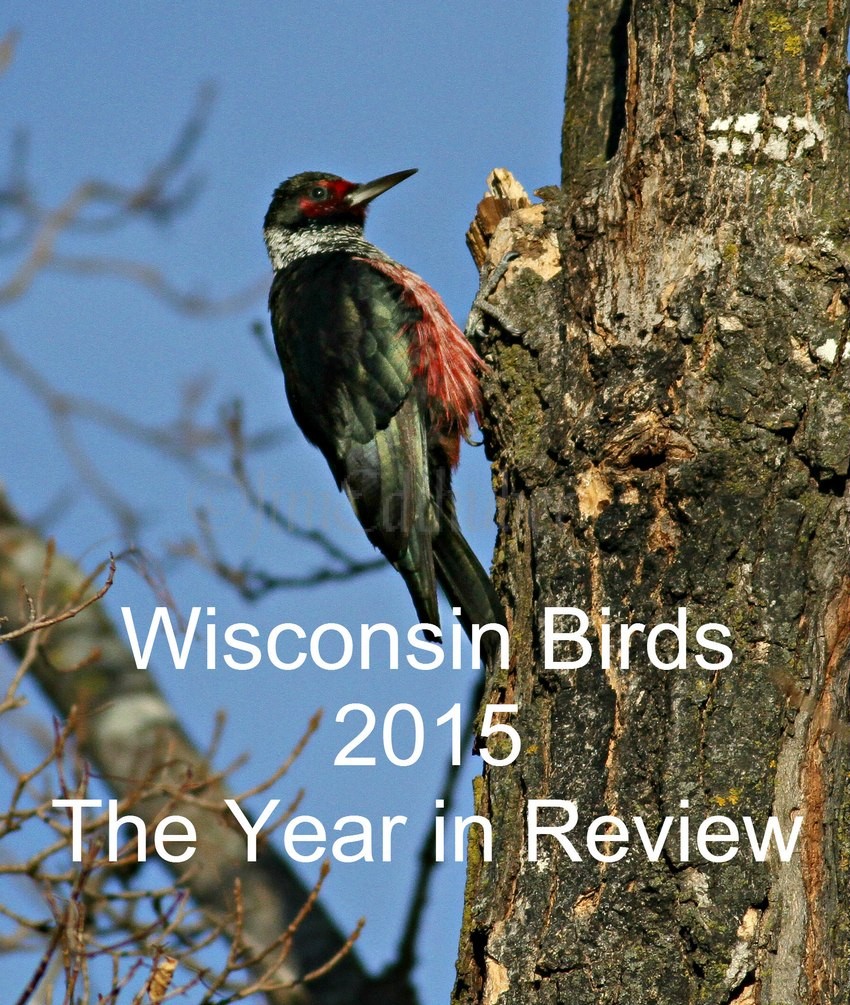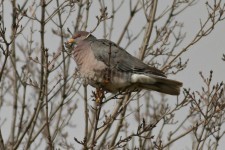
After birding the lakefront extensively in Milwaukee for almost 3 hours this morning I thought my birding for the day was over. Little did I know my birding for the day was going to continue with a lot of excitement. Returning home and checking my email was just the start. Tom P had just posted the very rare bird sighting, the Band-tailed Pigeon. This very large pigeon in size could be a 4th Wisconsin state record sighting! What makes this bird so rare is that it’s normal range is western California and 4 corners region of Arizona, New Mexico, Utah and Colorado and also some far western parts of the Canadian coast. This location was near the town of Cuba City in Grant County. It was almost 1:30 pm, and with the 2 hour and 25 minute drive to the western part of the state south of Platteville to see this rare bird today even possible? I took the chance. Arriving at the private residence at 3:45 pm I walked up to the house area as there were many feeders in the yard, I was not sure where to exactly go. I saw no bird anywhere that looked like a possible pigeon. John came out and greeted me and said the bird had just been present for the last 5 hours, but that was 30 minutes ago. If you go to a rare bird sighting and the bird is not present, you get this feeling, if, why, where and wonder all sorts of things go through your mind. After 10-15 minutes, Jessica G and Paul showed up. All 4 of us looked at the feeder and no bird. John suggested someone walk some of his land that is loaded with pine and deciduous trees and I did. I walked about 5-10 minutes staying closer to the house. I thought in all these pines, this could be difficult! I returned to the gang and said I would go out looking farther but I wanted them to have my phone number in case the bird showed at the feeder and I was in the back 40. As we are swapping phone numbers, Jessica says “Hey, that looks like the bird over there, the bird we want”! It was, about 150′ away perched in a tree just waiting for us to put our bins and cameras on it. Pretty unbelievable how that happened! The bird stayed perched and we just kept a distance after about 5 minutes it took flight out west over the road and really had no clue as to where it went over the trees. After about 10 minutes I walked out on the road west of the house and it did a quick flyover to my surprise. I watched it fly off about 500′ across the road and landed in a hedge row. It remained there for the rest of our stay. John’s wife wanted to also see the bird as she just got home. Jessica set her scope up and then we all saw the bird. John is a very big birder and has a yard list of an incredible 144 species!!! John and his wife call their yard a bird oasis which also has a pond. Many thanks to John, for reporting this bird and sharing it with others! Thanks too, to the birders that got this bird sighting information put together and out on the web so others could see the uncommon visitor here to Wisconsin. John called me on the road 15 minutes after I left his place and said the pigeon had returned to the feeder it was at earlier in the day. Images were taken on March 26, 2015. What a fun time!

Band-tailed Pigeon
Binomial name: Columba fasciata
Category: Pigeons and Doves
Size: 14.5” long, 26” wing span
Weight: 13 oz
Normal Range: Western California and 4 corners region of Arizona, New Mexico, Utah and Colorado and also some far western parts of the Canadian coast.
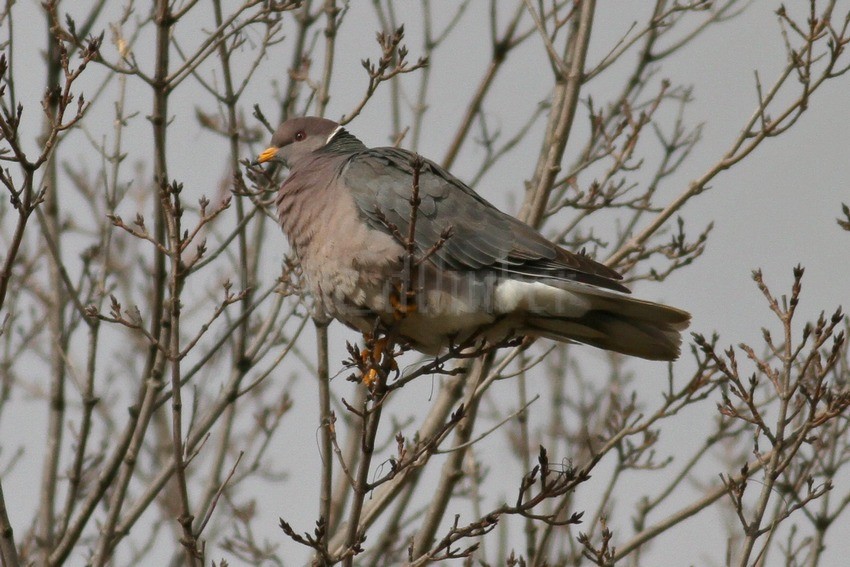
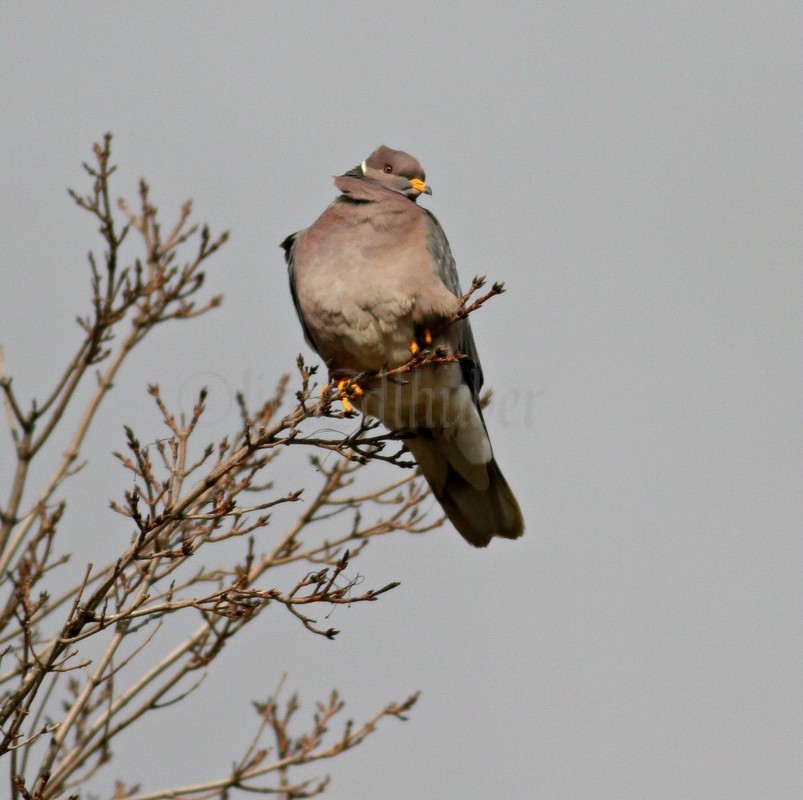
Sun was only out for a couple of seconds today, just enough show these beautiful colors



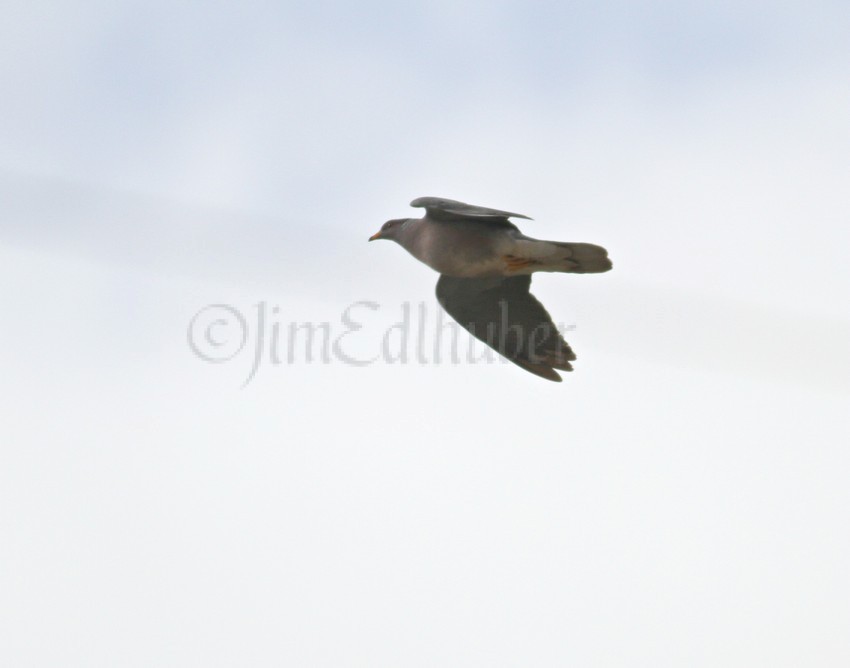
Distant flyover

Distant flyover
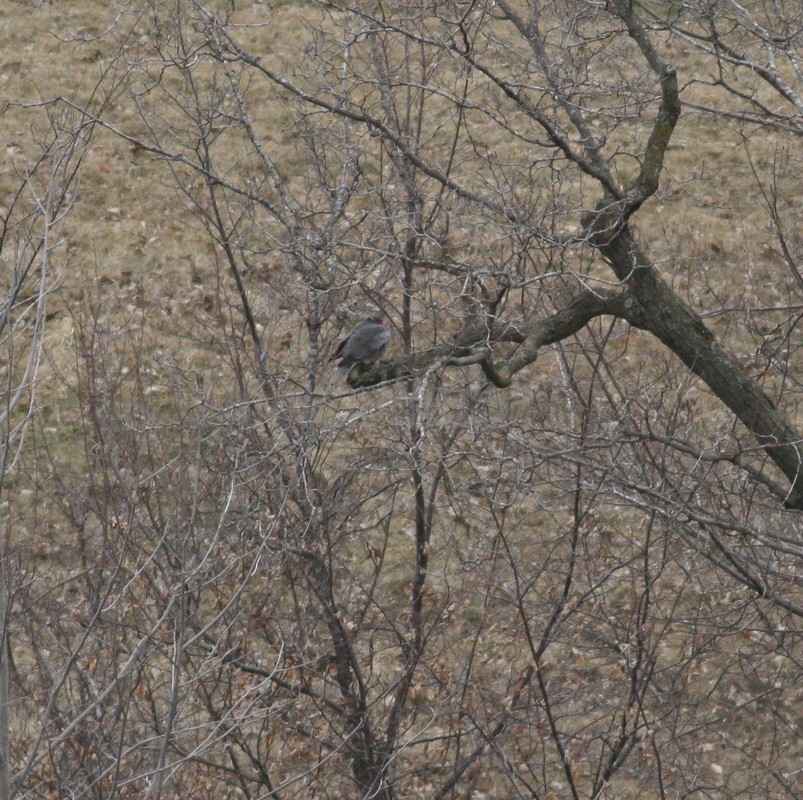
It hunkered down off in a distance when we left here 500′ from the road in a hedge row.
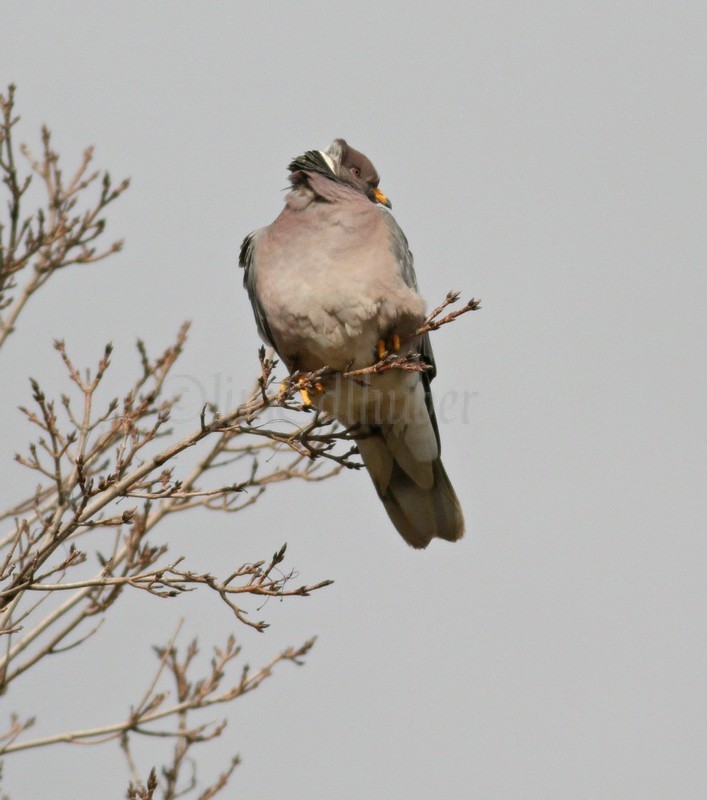
White collar up, blowing wind
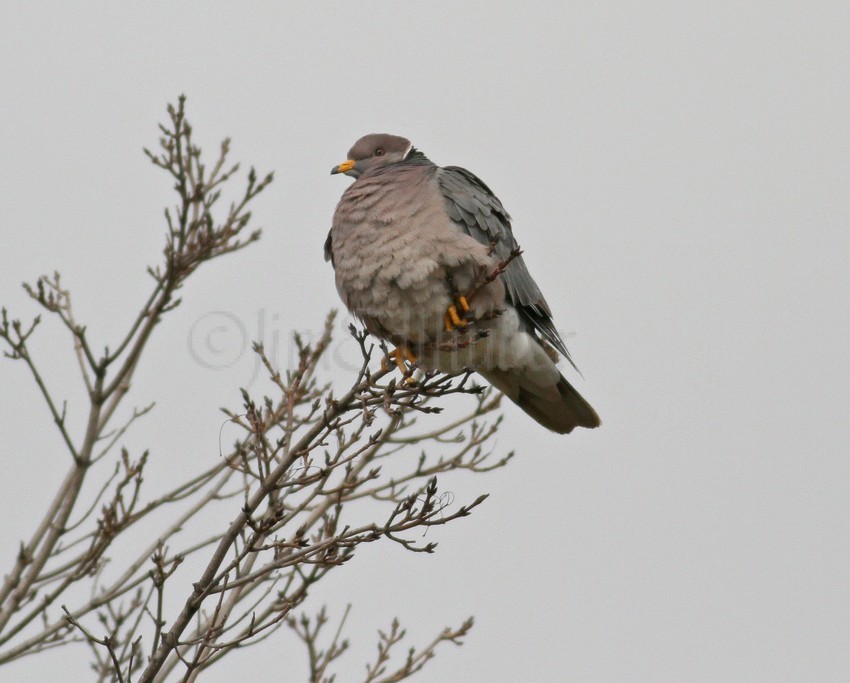

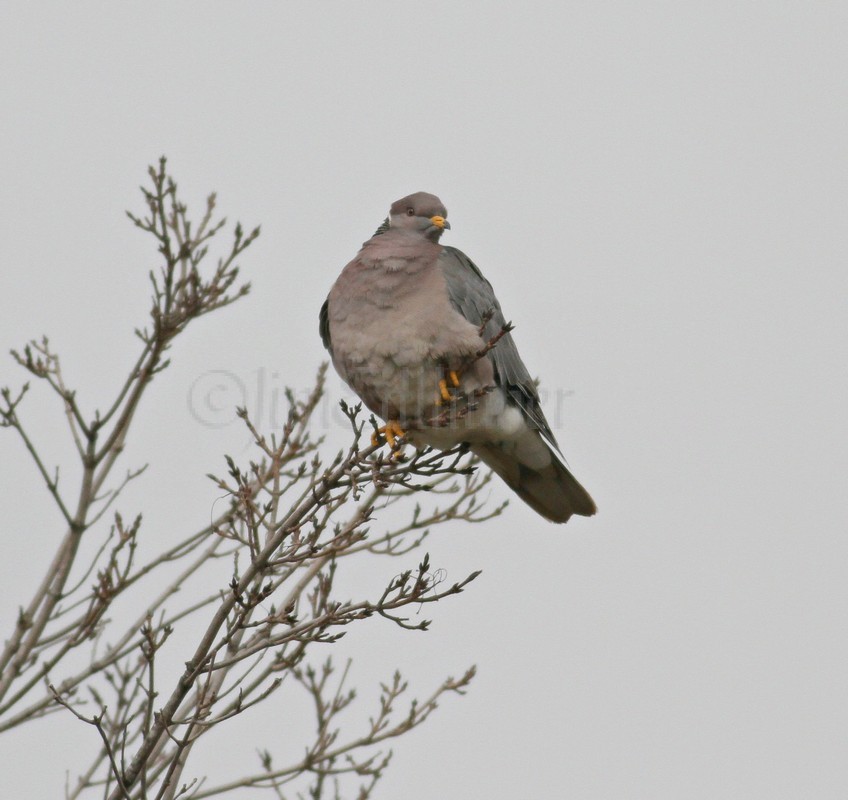


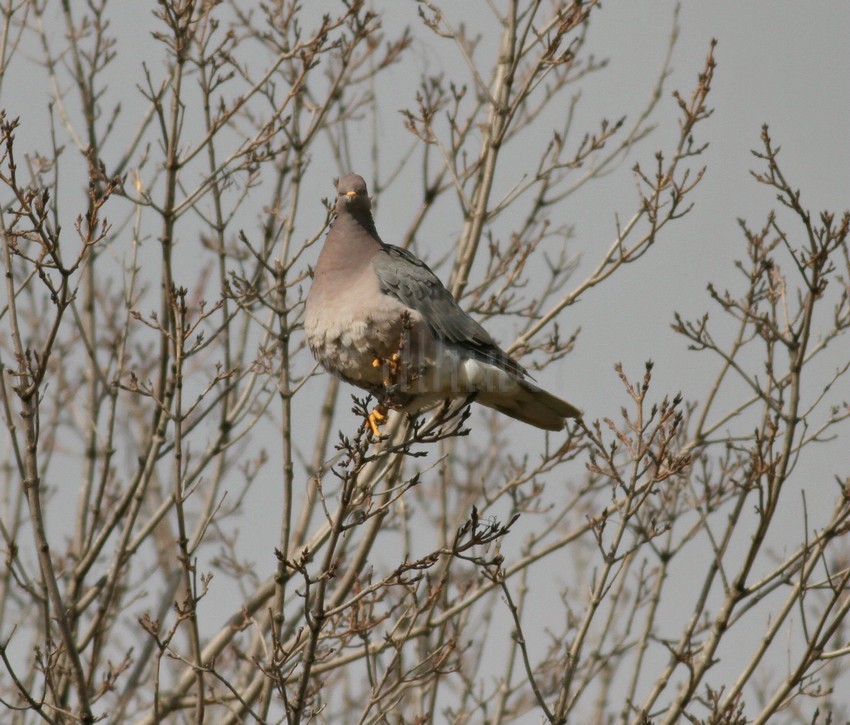
Looking at you


